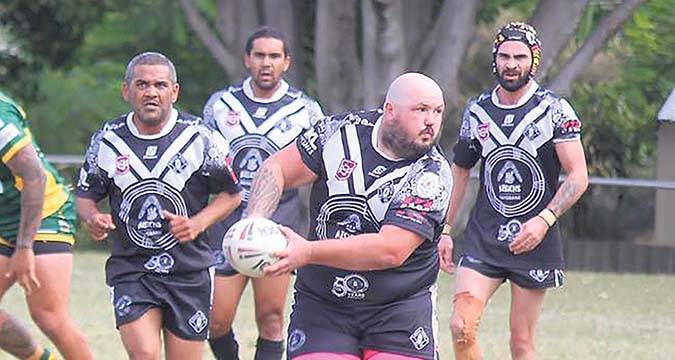 “I can still remember my first training session walking in and wondering what my new teammates might think of me, but they accepted me with open arms.”
For those unfamiliar with the local Brisbane competition, one club that is synonymous on the amateur scene is the proud Indigenous rugby league team the Brisbane Natives.
2023 marks a mileston
“I can still remember my first training session walking in and wondering what my new teammates might think of me, but they accepted me with open arms.”
For those unfamiliar with the local Brisbane competition, one club that is synonymous on the amateur scene is the proud Indigenous rugby league team the Brisbane Natives.
2023 marks a mileston Brisbane Natives: Fifty Not Out
 “I can still remember my first training session walking in and wondering what my new teammates might think of me, but they accepted me with open arms.”
For those unfamiliar with the local Brisbane competition, one club that is synonymous on the amateur scene is the proud Indigenous rugby league team the Brisbane Natives.
2023 marks a mileston
“I can still remember my first training session walking in and wondering what my new teammates might think of me, but they accepted me with open arms.”
For those unfamiliar with the local Brisbane competition, one club that is synonymous on the amateur scene is the proud Indigenous rugby league team the Brisbane Natives.
2023 marks a mileston 